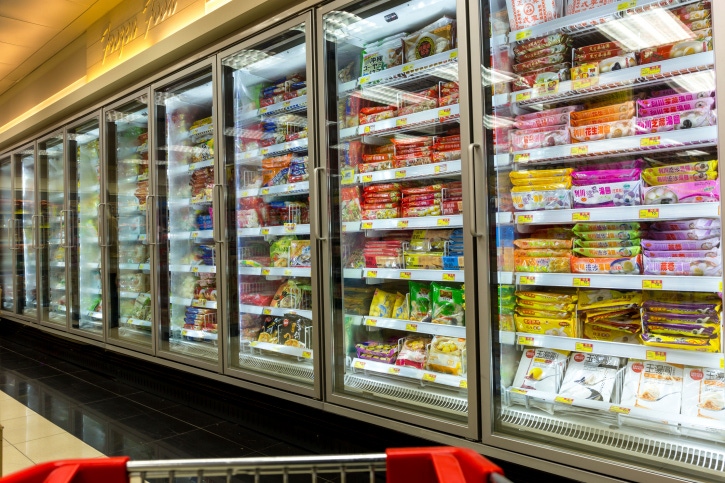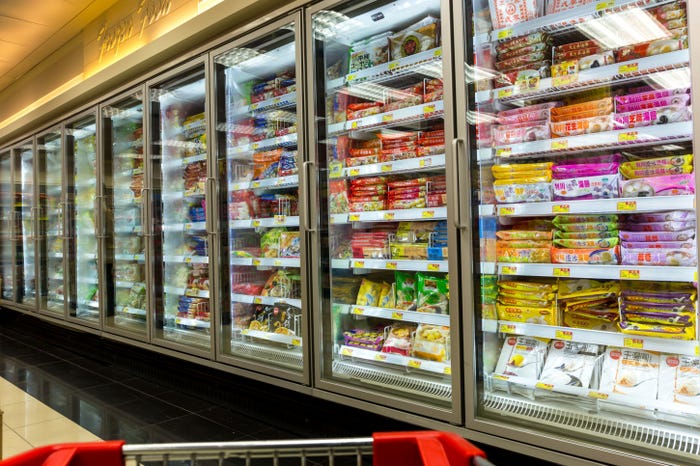January 22, 2015


As consumers grow increasingly health-conscious, they are leaving old grocery habits behind. Frozen food is one of those habits. The category has taken a real hit as people increasingly turn to "fresh" foods, which they—young consumers in particular—tend to associate with healthier.
But there's hope for frozen foods, and it comes from the same trend that's driving people away from them in the first place: the organic and all-natural sector.
While frozen sales have been flat or on the decline for years, organic and natural options seem to be bucking the trend, according to a recent report from Packaged Facts. "Not long ago, a healthy product was defined by the added ingredients it contained: vitamins, minerals, etc. Now healthfulness is more likely to mean an absence of additives and preservatives and the avoidance of pesticides or genetically modified ingredients in a product’s composition," the report said. Traditional frozen foods were likely to have some of those things, which combined with a growing priority on fresh ingredients, has steered consumers away from the frozen aisle.
But this shifting perception of health is what's creating opportunity for natural brands in the frozen category. The report added: "Consumer concerns about preservatives and other ingredients are alleviated by the notion that if the products are natural or organic, they must be fresher or, at least, healthier."
The September announcement that General Mills was purchasing the Annie's brand points to industry's high-level recognition of the importance of having healthy options within a corporate portfolio. Packaged Facts predicts that smaller brands—like Annie's—will be an important driver of growth for the frozen food industry, which is projected to grow at a compound annual growth rate of 0.8 percent for the next five years, reaching $23.2 billion in 2019.
For the biggest brands—Nestle and ConAgra, as well as General Mills—the key will be whether they can adjust their offerings to provide the variety that consumers increasingly want. That means more flavors, more serving styles, healthier options and better pricing.
Frozen snacks in particular are a bright spot, as people see them as a convenient way to entertain, to supplement a meal that is otherwise cooked fresh, or to even serve as a meal in themselves. So the more brands can do to offer healthier options—and to provide variety within those options—the more promising their future will look in the freezer aisles of grocery stores.
About the Author(s)
You May Also Like
.png?width=700&auto=webp&quality=80&disable=upscale)




